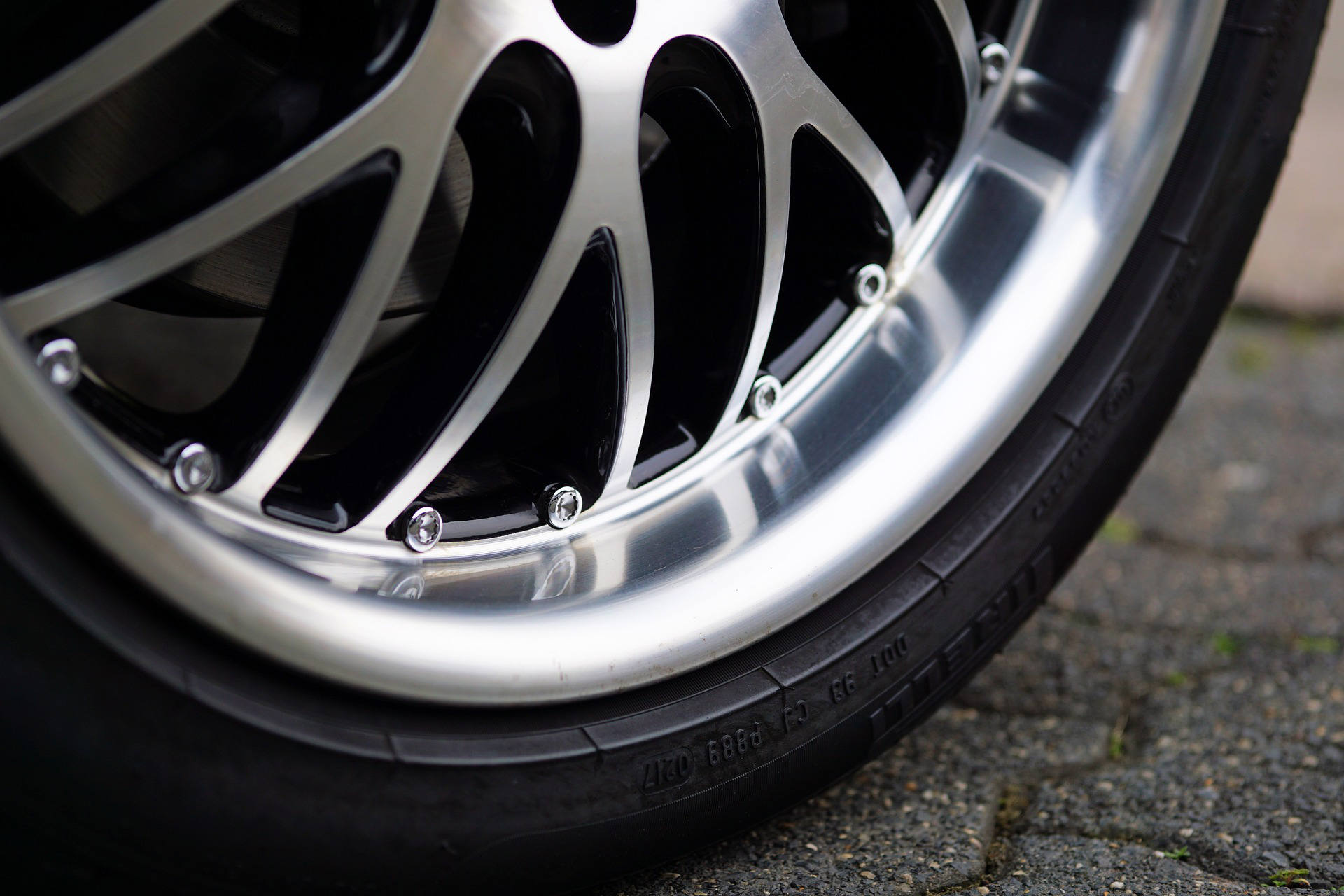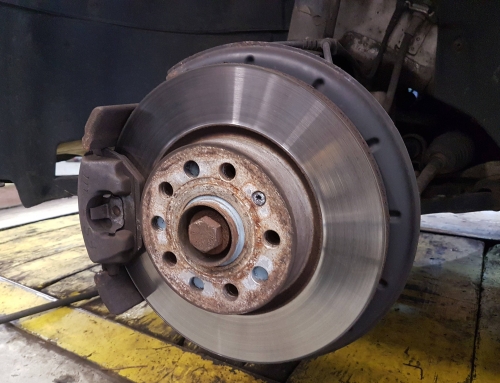Contents
Importance of Tire Balance
Tire balance is crucial in ensuring a smooth and safe driving experience. The primary goal of tire balance is to distribute weight around each tire’s circumference evenly. When wheels are out of balance, they can lead to uncomfortable vibrations while driving. Moreover, they accelerate wear and tear on suspension and steering components, as well as on tires themselves.
Frequency of Tire Balancing
When you are getting routine maintenance on your vehicle, don’t forget to balance tires every 5,000 to 10,000 kilometers traveled or at least once every 1 to 2 years. This helps mitigate vibration and prevents premature wear caused by rotating wheel and tire assembly imbalances. It’s especially crucial to rebalance tires when buying new ones, rotating tires, repairing them, or encountering significant road hazards like large potholes.
Tire Balance vs. Wheel Alignment
It’s essential to distinguish between tire balance and wheel alignment. While tire balance focuses on equal weight distribution around the tire, wheel alignment involves setting the angle of the wheels so that they are aligned properly to the car and the ground. Both are essential for optimal vehicle performance but address different tire and wheel maintenance aspects.
Signs of Tire Imbalance
Tire imbalance can manifest through several indicators over time. These signs include vibrations felt at higher speeds, uneven tread wear, increased fuel consumption, and vehicle suspension system issues. Identifying symptoms of imbalance early is beneficial to diagnost and fix tire imbalance before it leads to more significant issues.
Methods of Tire Balancing
Static Balancing
Static balancing is suitable for addressing slight imbalances in tires. This method involves placing the wheel and tire assembly on a vertical support with a spindle to measure balance on one axis. Mechanics identify the heavier side, typically indicated by it leaning lower, and apply small weights on the opposite side of the wheel rim to achieve balance.
Dynamic Balancing
Sometimes dynamic balancing is used to balance your wheels. This is used in more complicated cases of imbalance. This technique utilizes sophisticated spinning computer balancers that assess tires on all three axes. The fully assembled wheel and tire are rotated at varying speeds while sensors detect weight imperfections. Based on this analysis, mechanics apply precise weights—either clip-on or adhesive—to the inner and outer sides of the wheel rim, ensuring optimal balance and performance.
Conclusion
Proper tire balance is integral to vehicle safety, performance, and longevity. By understanding the importance of tire balance, recognizing signs of imbalance, and utilizing appropriate balancing techniques, you can experience a smoother driving experience while prolonging the lifespan of their tires and vehicle components. Regularly scheduled tire balancing should be a priority for every conscientious vehicle owner, contributing to overall road safety and vehicle reliability.






